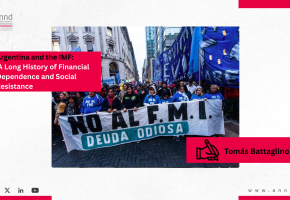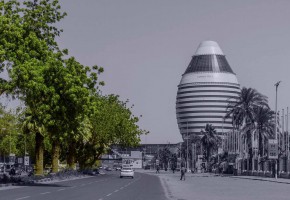

This research is a part of the Arab Watch Report 2023 on the right to Health.
The right to health in Palestine - Ali Shaar, MD
Please click here to download the full report.
Introduction
Historical Palestine is an Arab country on the eastern side of the Mediterranean Sea. It borders Jordan, Egypt, Lebanon, and Syria, with an area of 27,000 square kilometers. Since the 1948 Palestinian Nakba, Palestine has been under a military occupation that has displaced the vast majority of Palestinian citizens to neighboring Arab countries and refugee camps in the West Bank and Gaza Strip.
The 1967 Nakba was another stage in immigration, displacement, and occupation. It is the year when Israel occupied the West Bank, the Gaza Strip, the Egyptian Sinai desert, and the Syrian Golan Heights, displacing hundreds of thousands of Palestinians to neighboring Arab countries.
The 1993 peace agreement with Israel included the withdrawal of the occupying state from the West Bank, Gaza Strip, and East Jerusalem. However, the withdrawal never took place. The manner in which Israel implemented the agreement resulted in unilateral practices of land confiscation and settlement expansion. It established its own road network and more than 600 checkpoints that isolate and fragment Palestinian land and impede the possibility of establishing a Palestinian state in a geographically contiguous area.
According to 2022 statistics, Palestinians around the world numbered 14.3 million
Based on the peace agreements with the occupying state, the Palestinian territories were defined as areas occupied on June 5, 1967. According to UNSC Resolutions 242 and 338, the following constitute the lands on which the Palestinian state shall be established: the West Bank, East Jerusalem, and the Gaza Strip. These are the areas defined in the current report.
5.4 million Palestinians live in the West Bank, Gaza Strip, and East Jerusalem. Palestinian society’s demographic composition is characterized by high fertility rates and, consequently, a high percentage of young people. Around 38% of the population is under 14. Those over sixty-five make up 3% of the population. 2.17 million people live in Gaza, which is a 360 square kilometers strip, making it one of the most densely populated regions in the world, with 6,027 people per square kilometer.
Unemployment and poverty are the most prominent features of Palestinian lives in the territories due to the deteriorating political and security reality resulting from the military occupation’s policies, apartheid, and closures. Those living under the poverty line comprise 26.4% of the population (15% in the West Bank and 47% in the Gaza Strip).
The human rights situation of Palestinians in the West Bank, Gaza Strip, and East Jerusalem is an important entry point for the report. Legal violations include the continuous military occupation and its exclusionary, racist practices.
Ali Shaar, MD
Please click here to download the full report.
This research is a part of the Arab Watch Report 2023 on the right to Health.
Recent publications

Argentina and the IMF: A Long History of Financial Dependence and Social Resistance - Tomás Battaglino
Related publications


